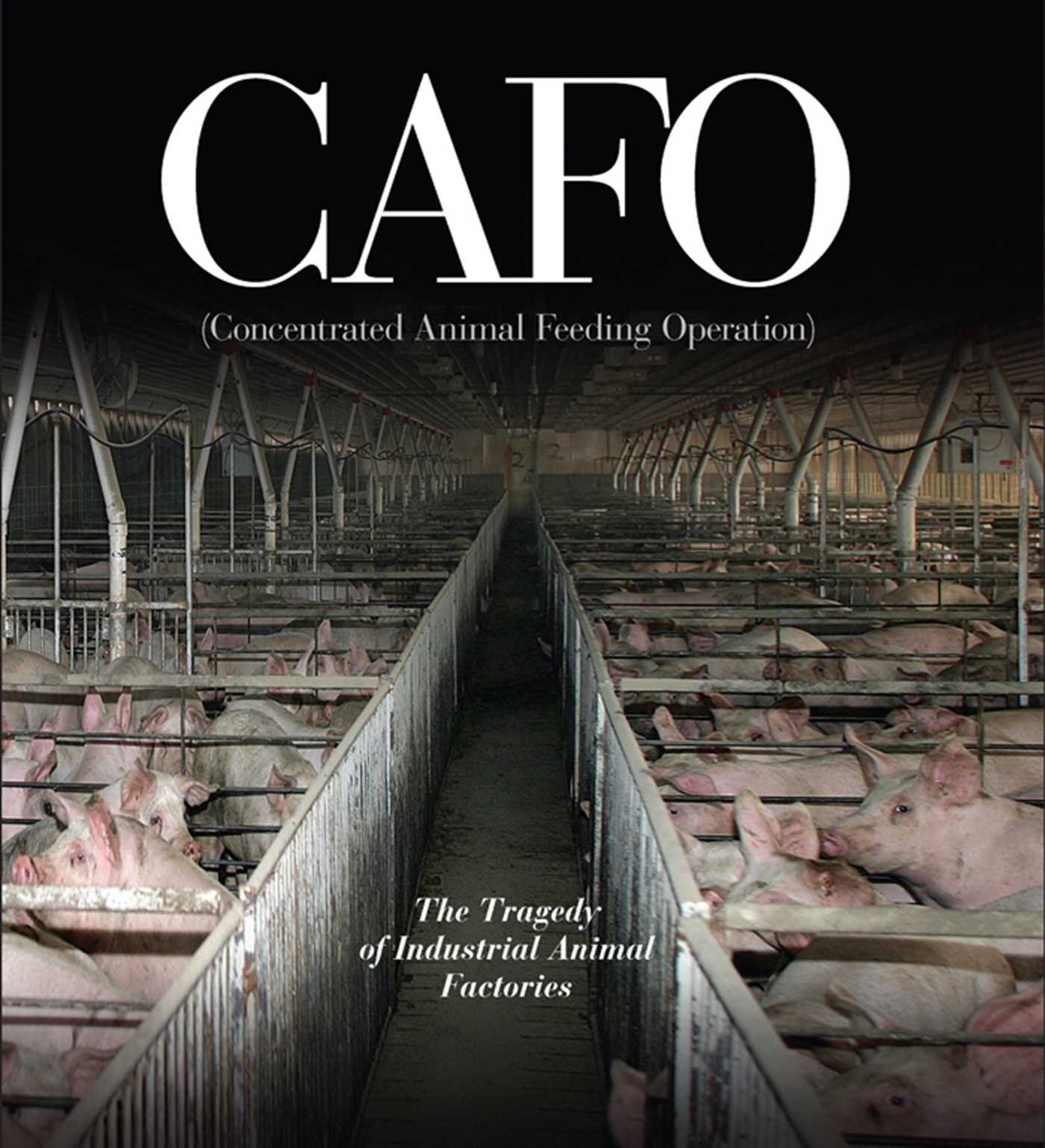CAFO: The Tragedy of Industrial Animal Factories
2010, Earth Aware
Foreword by Doug Tompkins
Winner of the 2011 Nautilus Gold Prize for Investigative Reporting.
CAFO is unlike almost any large format photo book you’ve ever laid eyes on. It provides an unprecedented view of Concentrated Animal Feeding Operations where an increasing percentage of the world’s meat, milk, eggs, and fish are produced. As the 4,000 photos and dozens of essays in this powerful book demonstrate, the rise of the CAFO industry has become one of the most pressing issues of our time. Industrial livestock production is a leading source of climate changing emissions, a source of water pollution, and a significant contributor to diet-related diseases, and the spread of food-borne illnesses. The intensive concentrations of animals in crammed and filthy conditions dependent on antibiotic medicines and steady streams of subsidized industrial feeds poses serious moral, ethical, ecological and financial considerations for all of us. CAFO takes readers on a behind-the-scenes journey into the alarming world of animal factory farming and offers a compelling vision for a food system that is humane, sound for farmers and communities, and safer for both consumers and the environment.


